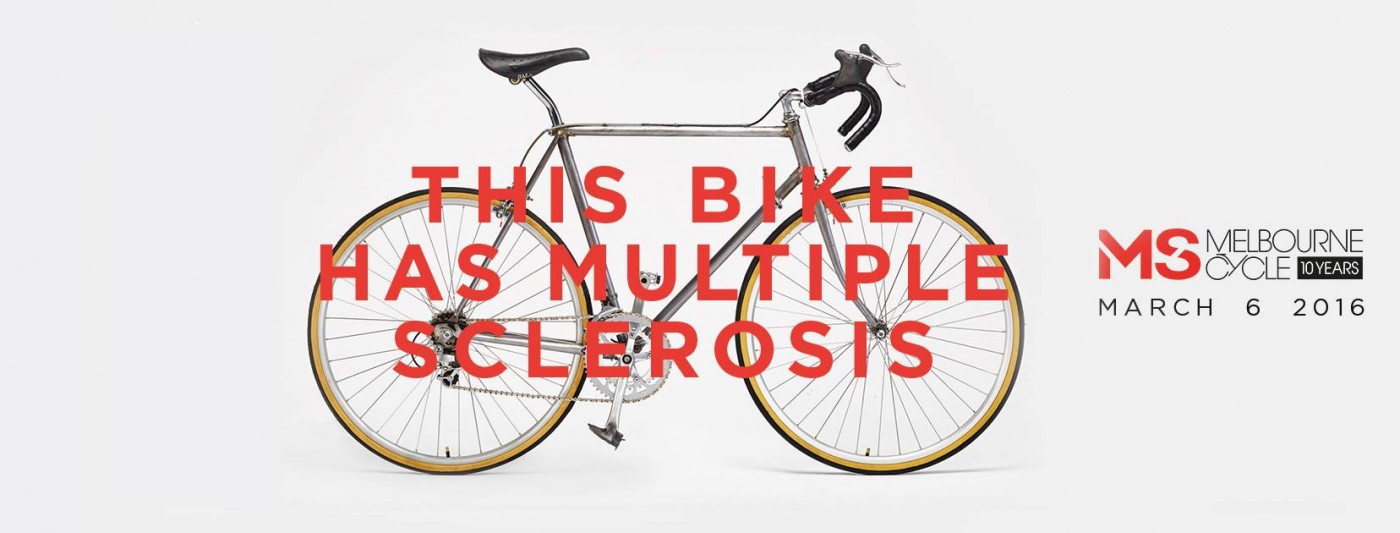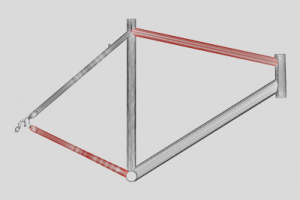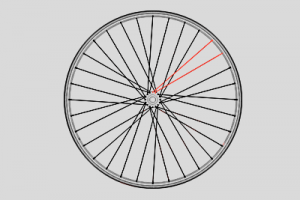Bike With Multiple Sclerosis Symptoms Debuts for 2016 Australia Fundraising Race

One of the teams participating in the 10th anniversary of the MS Melbourne Cycle, an annual biking challenge to raise money for MS Australia, has built a bicycle that as closely as possible replicates the physical difficulties and discomforts that typify multiple sclerosis (MS).
A collaboration between the company Grey Australia, paralympic athlete Carol Cooke, who was diagnosed in 1998, and others, the bike is likely the world’s first MS bicycle — and the team’s wobbly entry into the March 6 event.
“With a disease like MS, [the symptoms are] hidden. People just don’t get it,” a member of Grey Australia said in a video announcing its creation.
 Grey Australia wasn’t content with just collecting funds for new research and patient services. It wanted to make people really understand what it was like to live with the disease.
Grey Australia wasn’t content with just collecting funds for new research and patient services. It wanted to make people really understand what it was like to live with the disease.
The bike is a “terrible” thing to ride, the team, whose members include MS neurologists and physiotherapists, bike mechanics, and other MS patients, said in the video. “Its gears are unpredictable, its frame off-balanced, and its brakes numb to press. This bike has multiple sclerosis.”
The genius behind the bicycle is not just in trying to replicate MS, but in intentionally working unsteady and discomforting features into each of its individual components. The bike’s ability to hug the road and respond to a rider’s commands is effectively disabled, much as a person’s ability to govern the simplest of movements is hampered by the inflammation MS unleashes in the brain and spinal cord.
“The first thing was [to] deliberately misalign the frame,” the builders, James Macleod and Thom Pravda , said in introducing the bike’s “hidden” parts. “We wanted to produce this kind of dizziness of shifting and real kind of unease, tied in with designing an off-balance bike.”
, said in introducing the bike’s “hidden” parts. “We wanted to produce this kind of dizziness of shifting and real kind of unease, tied in with designing an off-balance bike.”
Features include wheels that are “untrue,” a heavier than usual frame to increase rider fatigue, a rear-gear cassette with missing teeth to mimic MS spasticity, and an ultra-thin seat cushion and handlebar tape — that masks ball bearings — to add a bit of pain to movement and motion.
“You’ll have to be constantly fighting the bike to stay straight … [and] after some distance, the rider will have to start using muscles that wouldn’t be natural for a bike rider,” the builders said. “I wouldn’t want to ride this bike long distance … it’s gonna be pretty numbing.”
But the team will ride, and with an overarching purpose: the MS bicycle and its dysfunctions — scarcely visible to the naked eye — aim to help “both medical professionals and the general public … find a way of understanding the disease a bit more.”
The problem with MS, said Grey Australia, is that “people don’t understand why you’re sick, because you don’t look like you’re sick.”
The fundraiser begins at Flemington Racecourse in Melbourne, then ventures onto city roads, cycling through the Docklands and over the West Gate Bridge before finishing at the racecourse’s Nursery Enclosure. Two course levels are available to riders: a 30- or a 50-kilometer route, as well as a three- or seven-kilometer circuit for those 16 or younger.
Refreshments  will be available along the route, and live entertainment and food stalls at the racetrack’s Event Village will cap the day.
will be available along the route, and live entertainment and food stalls at the racetrack’s Event Village will cap the day.
Registered participants are also welcome to make use of an online training program for cyclists at no cost through the Australian company Today’s Plan. More information and the registration process can be found on the MS Melbourne Cycle website.
The event has raised more than $4 million (AUS) since 2007 to support MS patients and their families through the efforts of more than 36,000 riders and teams. The 2016 race has already collected nearly $28,000.
Besides helping to raise awareness and bring new and much-needed treatments and services to MS patients in Australia and elsewhere, participants may just find themselves riding alongside a rather awkward-moving bicycle — and a rider who looks perfectly healthy but acts a bit wobbly, too.
“Until you’ve experienced it, it’s incredibly difficult to explain what those symptoms actually are,” said Sam Sims, another Grey Australia member and an MS patient since 1993.






